
3 Mole Locations That Could Lead to Skin Cancer: A Warning Not to Ignore
Moles are common skin features that many people have. Most are harmless, and some are even considered beauty marks. However, not all moles are benign. In some cases, a mole can be an early sign of melanoma, a dangerous form of skin cancer. What’s more concerning is that certain locations on the body where moles appear may carry a higher risk of turning cancerous — and these areas are often overlooked.
Medical experts are warning people not to ignore moles, especially when they appear in these three high-risk locations. Early detection and awareness can make a life-saving difference.
1. The Scalp
The scalp is one of the most easily forgotten areas when it comes to skin care and mole monitoring. Because it’s often hidden under hair, people rarely inspect their scalp for changes. However, this area receives direct sun exposure, especially in individuals with thinning hair or who spend a lot of time outdoors without head protection.
Melanoma on the scalp is particularly dangerous because it is often detected late. It tends to grow more aggressively in this location and can spread quickly to other parts of the body. Dermatologists recommend that people — especially men who are balding — ask their barber or hairstylist to alert them to any unusual spots or growths. Regular checks using a mirror or asking a family member for help can also be beneficial.
2. The Soles of the Feet
It might seem surprising, but the soles of the feet are another area where dangerous moles can develop. This condition, called acral lentiginous melanoma, is more common in people with darker skin tones but can occur in anyone. Because the feet are not typically associated with sun exposure, people may delay checking them or dismiss early warning signs as blisters or calluses.
Moles on the feet, especially ones that change shape, grow rapidly, or start to bleed, should be examined immediately. Ignoring them can allow the cancer to spread unchecked. Always include your feet in routine skin checks, and never hesitate to consult a dermatologist about any unusual spots.
3. Under the Nails (Nail Beds)
Another easily overlooked location is under the fingernails or toenails. A dark streak or mole in the nail bed might be mistaken for a bruise or a fungal infection. However, this could be a sign of subungual melanoma, a rare but aggressive form of skin cancer.
It often appears as a brown or black streak that doesn’t grow out with the nail and may be accompanied by discoloration of the surrounding skin or nail splitting. This type of melanoma is often diagnosed at a later stage because it looks so similar to other benign nail conditions. If you notice a persistent mark under your nail that doesn't improve over time, seek medical advice promptly.
Don't Ignore the Warning Signs
While most moles are harmless, changes in their appearance or the emergence of new moles in unusual places should never be ignored. Doctors advise following the ABCDE rule to evaluate moles:
-
Asymmetry
-
Border irregularity
-
Color variation
-
Diameter larger than 6mm
-
Evolving in size, shape, or color
If a mole meets any of these criteria — especially in the scalp, on the feet, or under the nails — it's crucial to seek medical attention. Early diagnosis is key to treating skin cancer successfully.
Conclusion
Skin cancer is one of the most common yet preventable forms of cancer. The danger lies in neglect and underestimation. These three mole locations — scalp, soles, and under the nails — are often forgotten in routine checks but can be hotspots for serious conditions. By staying vigilant and understanding the risks, you can protect yourself and your loved ones. Remember: it's not just about how a mole looks, but where it appears. Don’t wait — check your skin regularly, and when in doubt, consult a professional.
News in the same category

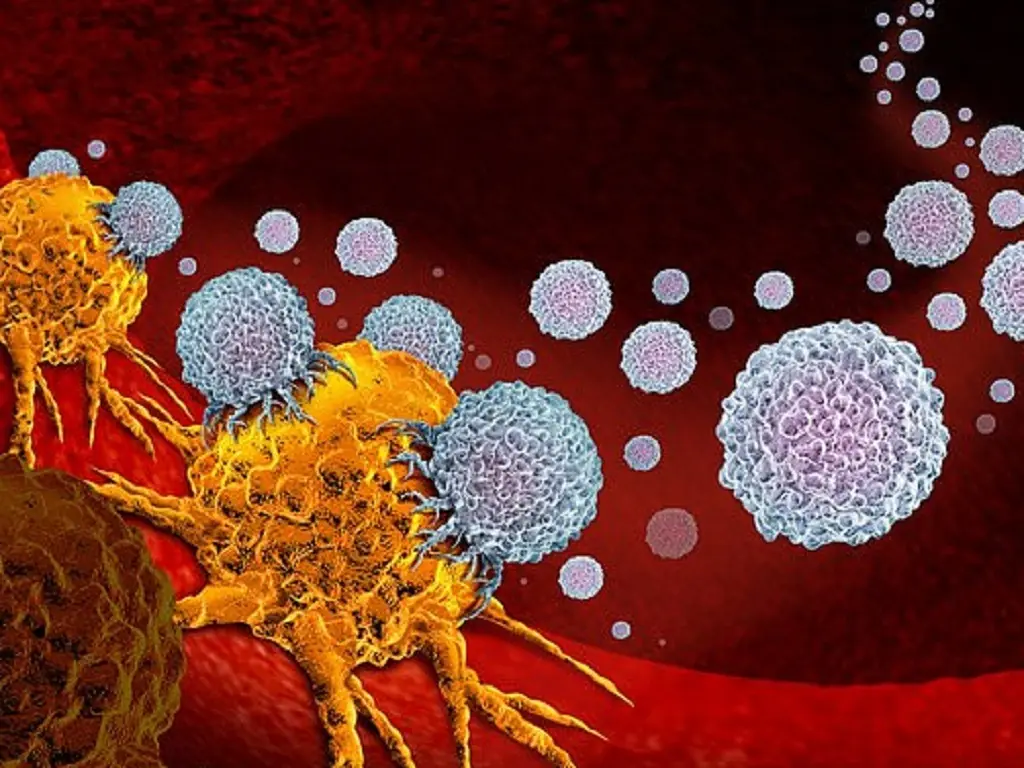
Liver Cancer Is Skyrocketing: Doctors Warn Against Eating These 4 Things Daily — The Wise Have Already Stopped

15 Years Cancer-Free: A Japanese Doctor Shares 5 Simple Secrets to Keep Malignant Cells from Returning
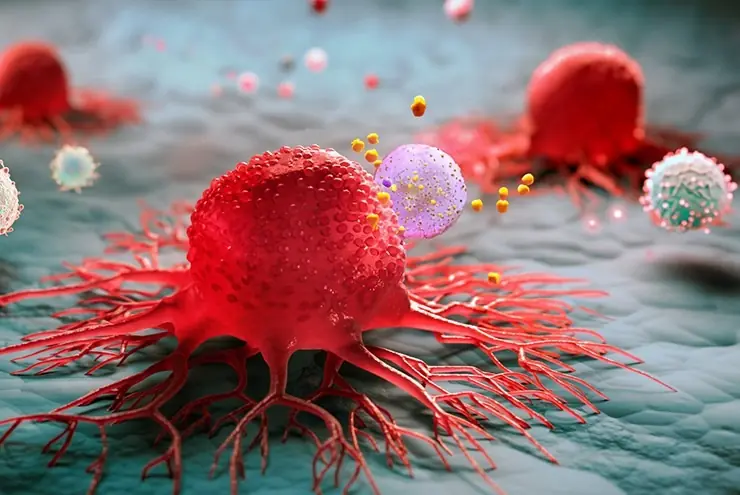
Warning Signs in Bowel Movements Indicating Possible Colorectal Cancer — When to See a Doctor Immediately

Signs of Stroke Everyone Should Know
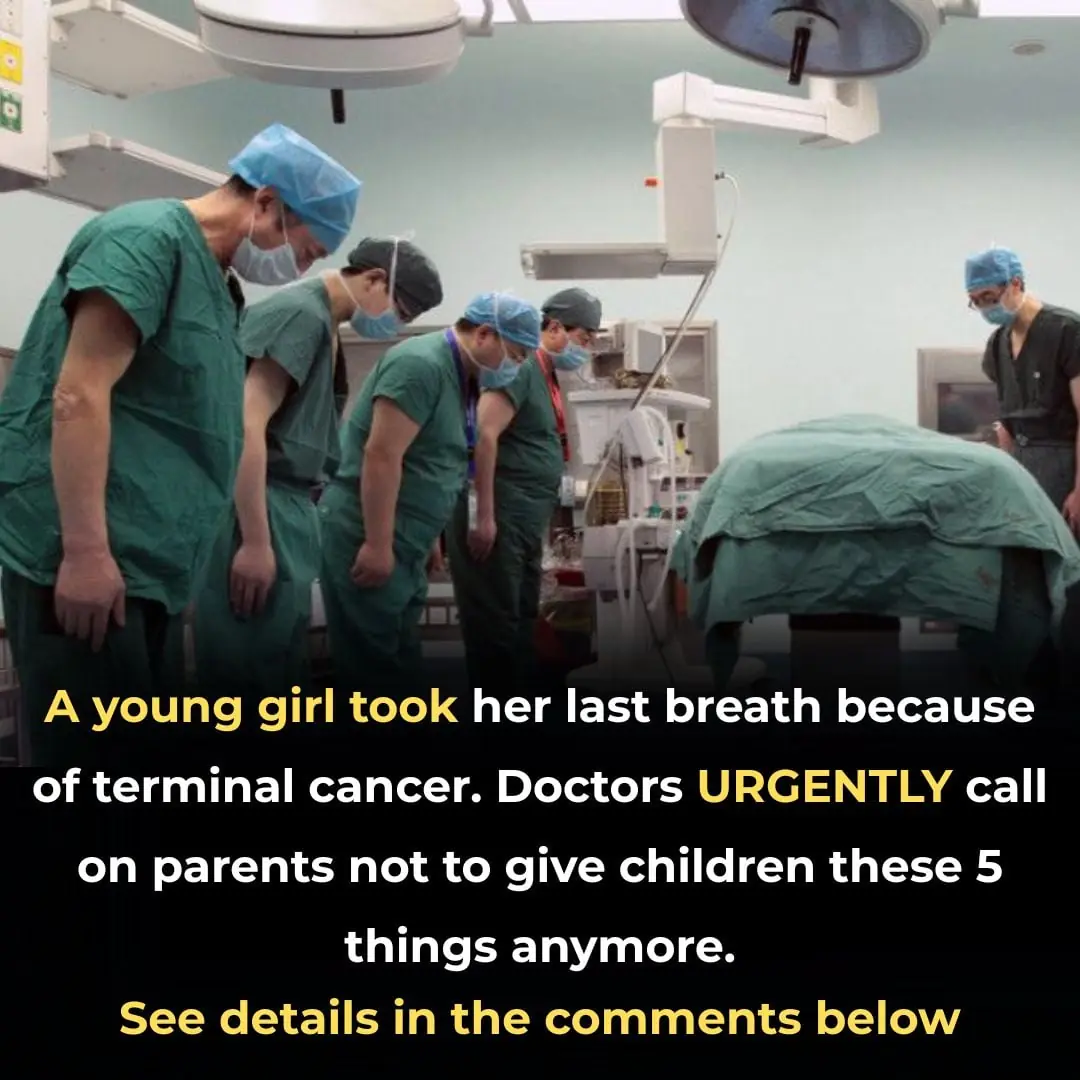
5-Year-Old Girl Dies from Late-Stage Cancer — A Wake-Up Call for All Parents
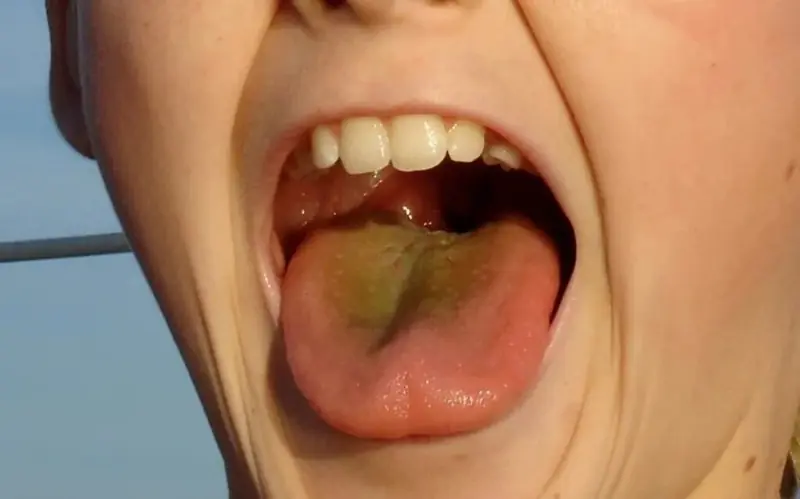
If Your Tongue Is Yellow, Be Cautious of These 5 Diseases
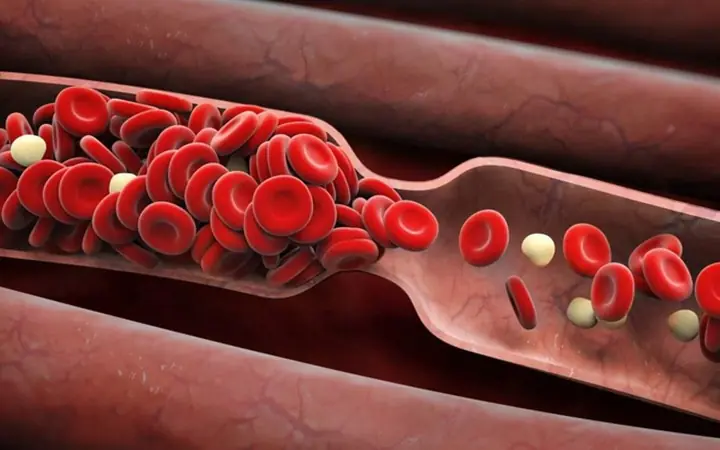
The Main Cause of Blood Clots Discovered – 10 Times Worse Than Fat!
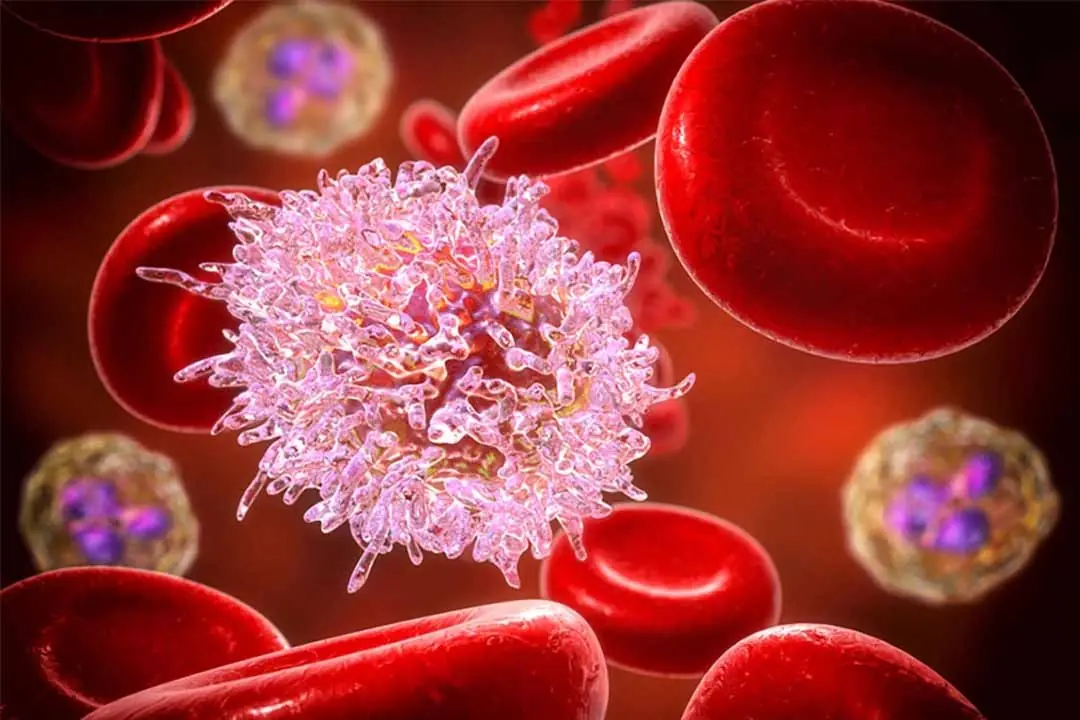
The Leading Cause of Liver Cancer Discovered – 10 Times Deadlier Than Alcohol and Tobacco: The Culprit is 'It

Unplug to Rewire: Just 72 Hours Without a Smartphone Can Change Your Brain

CRISPR Breakthrough: Scientists Successfully Remove Extra Chromosome in Down Syndrome Cells

Alzheimer's Breakthrough: Key Protein Found in High Levels in Newborns, Offering Hope for New Treatments
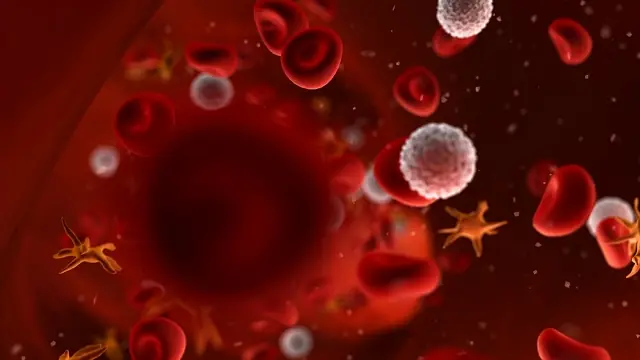
Trojan Horse Therapy: Scientists Engineer Virus to Make Tumors Self-Destruct

Walk Your Way to a Lower Cancer Risk: Just 7,000 Steps a Day Can Make a Difference

The Sunshine Vitamin's Secret Weapon: How Vitamin D Fights Colorectal Cancer
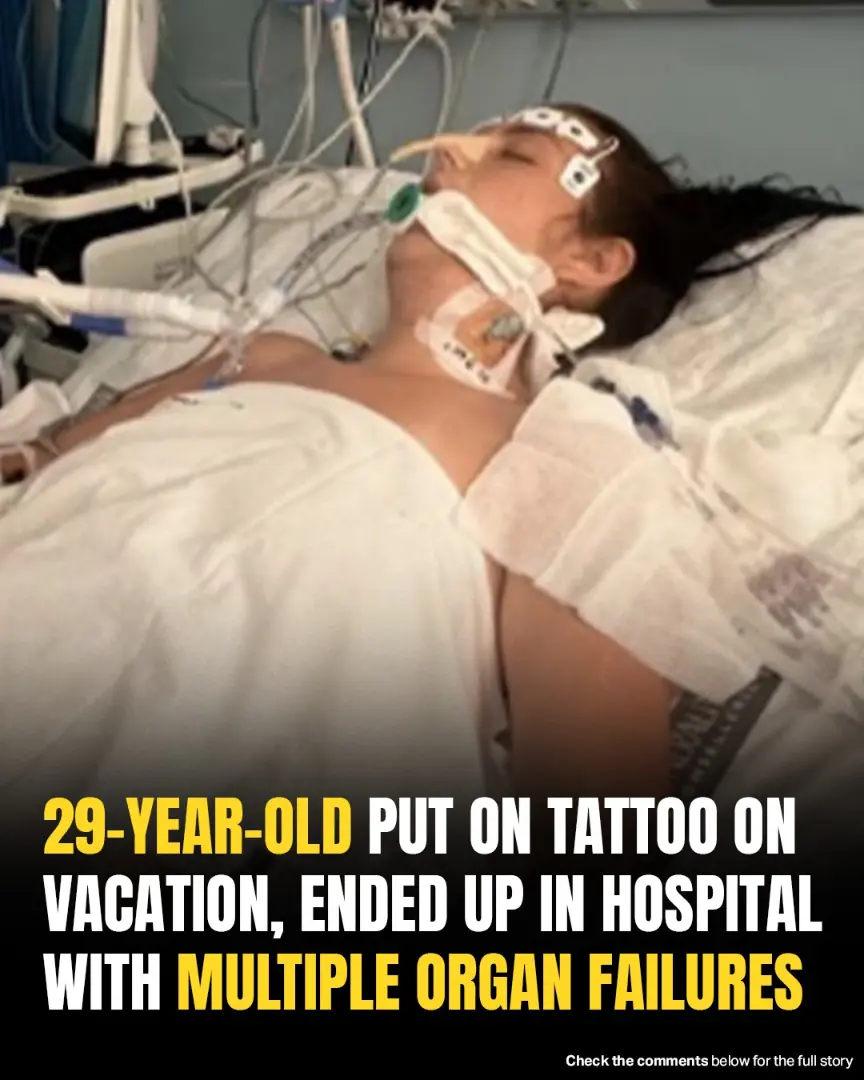
Woman, 29, Falls Into Coma After Tattoo During Bachelorette Trip To Spain

World’s Oldest Woman, 117, Reveals The One Food Behind Her Long Life
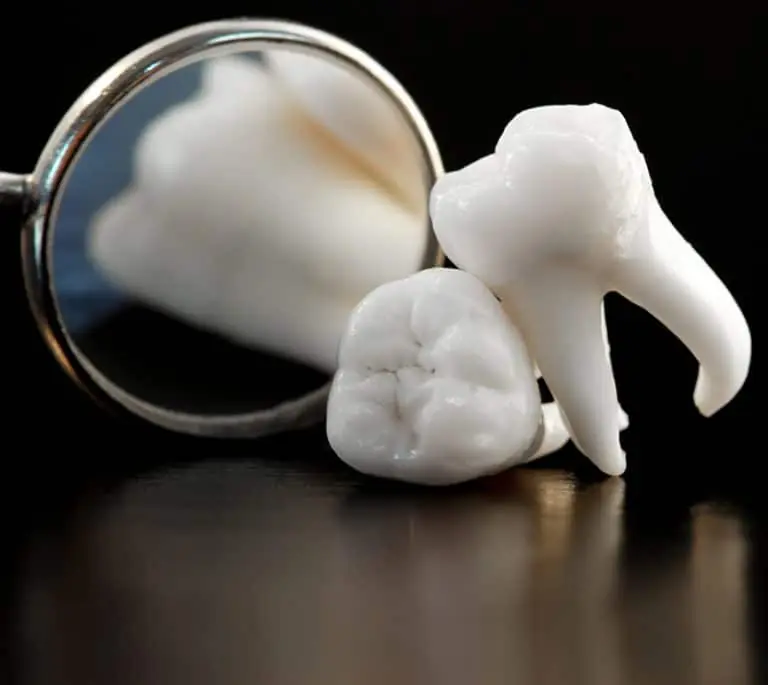
Medical Gold: Why Your Wisdom Teeth Might Hold the Key to Future Cures

Prostate Cancer: Warning Signs and Symptoms You Shouldn't Ignore
News Post

Missing Mom Eaten By Her Two Pet Wiener Dogs As She Lay Dead In Her Home

Nasa’s ‘Space Umbrella’ Launching Soon To Help Earth—Just Not With The Weather

Ancient Manuscript Suggests Jesus Married Mary Magdalene And Had Two Children

Halley’s Comet Is Back, But This Time, It’s Raining Fire

Breakthrough In Aviation: Talon, a Hypersonic Plane, Reaches 3,800 MPH In Test Flight

Experts Studying ‘Alien Mummies’ Claim That The Bodies Are ‘100% Real’

Cat Miraculously Survives Fall That Killed Two Florida Hikers In Utah

Cat Miraculously Survives Fall That Killed Two Florida Hikers In Utah

Global warming could permanently shift rainfall patterns, affecting water access for 2 billion people worldwide, study shows.

People Unvaccinated Against COVID Are 48 Percent More Likely To Get Into Traffic Accidents – Here’s Why!

How Far You Can Actually Still Drive When The Gas Gauge Says Empty

Hot Weather, But Still Gaining Weight? Doctors Warn About 3 Commonly Overlooked Causes

Liver Cancer Is Skyrocketing: Doctors Warn Against Eating These 4 Things Daily — The Wise Have Already Stopped

From Kitty Hawk to the Moon: Humanity’s Giant Leap in Just 66 Years

NASA Claims China’s Giant Dam Is Quietly Changing Time And Earth’s Balance

Mysterious Face Appears In Crash Photo—Is This A Ghost Caught On Camera?

Study Reveals How Smudging Does A Lot More Than ‘Clear Evil Spirits’

How Salt and Vinegar Can Help Improve the Air Quality at Home
